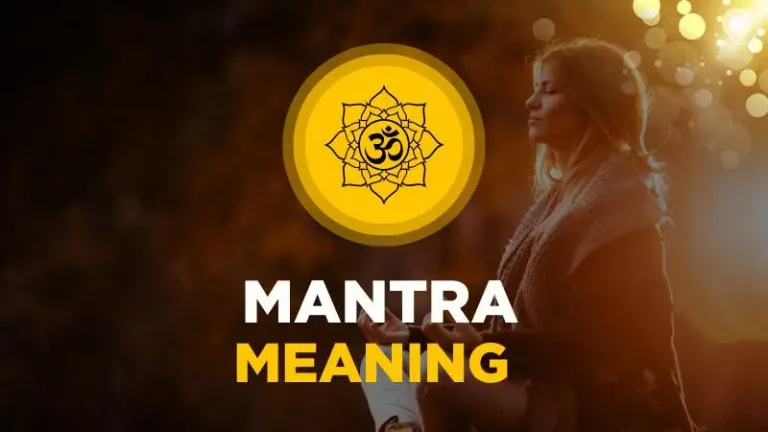
Most Indians identify the ancient Patanjali as the father of all yogas. Traditionally, they have viewed Patanjali as a semi-divine being, a manifestation of Ananta, the serpent of infinity.
Patanjali displayed an incredible level of mastery in compiling the Yoga Sutra; he also published texts on Sanskrit grammar and Ayurvedic medicine. Thus you can think of Patanjali as a master of advanced yoga techniques, a professor of various branches of classical knowledge, and a mythological,
semi-divine being all wrapped in one. The Indian masters I have studied with report that Patanjali lived six thousand years ago, though some Western scholars claim that he lived more recently.
— a discipline built of eight distinct practices, or limbs. The postures, or asanas, that most Westerners associate with the term yoga make up only one of these eight limbs.
The following are the eight limbs as described by Patanjali – Origins of Ashtanga Yoga
- Restraints (Yamas)
- Observances (Niyamas)
- Postures (Asanas)
- Breath extension (Pranayama)
- Internal focus (Pratyahara)
- Concentration (Dharana)
- Meditation (Dhyana)
- Ecstasy (Samadhi)
More about these limbs Origins of Ashtanga Yoga in short order.
One of the outstanding features of Indian spiritual traditions such as yoga is that through the ages their practices have adapted to meet the changing requirements of an evolving society.
Origins of Ashtanga Yoga
Origins of Ashtanga Yoga is no different, and in the past few millennia it has taken many forms. For example, a fairly recent form, only about one thousand years old, is Hatha Yoga, a Tantric yoga that focuses on the body and proper execution of elaborate techniques. One of Hatha Yoga’s defining texts, the Hatha Yoga Pradipika, calls the practice a “ladder” for those who want to reclaim the heights of Ashtanga Yoga.2
Origins of Ashtanga Vinyasa Yoga was founded by the shri Vamana, who according to my Indian preceptors lived four thousand years ago. During that period in India were growing rapidly and as a result the people felt increasing demands on their time. The society needed a practice that encompassed all the elements of Patanjali’s original yoga but took up less time. Rishi Vamana fulfilled this need by introducing the concept of vinyasa in his text Yoga Koruna.
“turbo-charge” the postures. When practiced correctly with the fifth and sixth limbs (pratyahara, the sense withdrawal technique, and dharana, the concentration technique that involves listening to the breath), the postures lead to a meditative state (dhyana, the seventh limb). Over time the regular
practice of these integrated limbs purifies the mind and body and eventually leads to ecstasy (samadhi, the eighth limb).
The following section presents an overview of the eight limbs of Ashtanga Yoga.
The Eight Limbs of Yoga – Origins of Ashtanga Yoga
Patanjali had achieved the state of samadhi, which refers to an experience of oceanic or divine ecstasy. Today the term ecstasy often connotes a
times the intensity of sexual pleasure.4 In other words, it is far beyond anything you can imagine in normal experience. Because he existed continually in this state of absolute freedom, Patanjali described a path that could lead all of us to it. He asked himself, Which state immediately precedes divine ecstasy? The answer was meditation (dhyana)
Patanjali then inquired, What state is the prerequisite for inward focus? The answer was easy. Since the mind goes wherever the breath or its subtle equivalent, prana, goes, one needs breath regulation (pranayama) to achieve inward focus.
Which state is necessary for one to practice breath regulation? asked Patanjali finally.
Although Patanjali conceived of the eight limbs from the top down, we must practice them from the bottom up, starting with the ethical precepts of yama and niyama.
The Importance of Asana – Origins of Ashtanga Yoga
Modern (and particularly modern Western) practitioners of yoga can easily jump to the conclusion that yoga postures are mere gymnastic exercises, without spiritual or philosophical significance. One purpose of this book is to correct this misconception, to make it very clear that the asanas are part of a spiritual culture that aims at nothing short of bringing practitioners to a state of complete and absolute freedom in which they realize their innermost divine potential.
For the majority of modern people, mere sitting in meditation is not sufficient to achieve any lasting spiritual progress or transformation. If you practice only sitting meditation or self-inquiry or the study of scripture, you can easily fool yourself about your state of attainment. True knowledge is not something that occurs in one’s mind alone; it has a physical dimension as well. The Armenian mystic George I. Gurdjieff expressed this in the words, “True knowledge is of a chemical nature.” What he meant is that authentic knowledge has a biochemical and bioelectrical component; it has substance. Origins of Ashtanga Yoga




